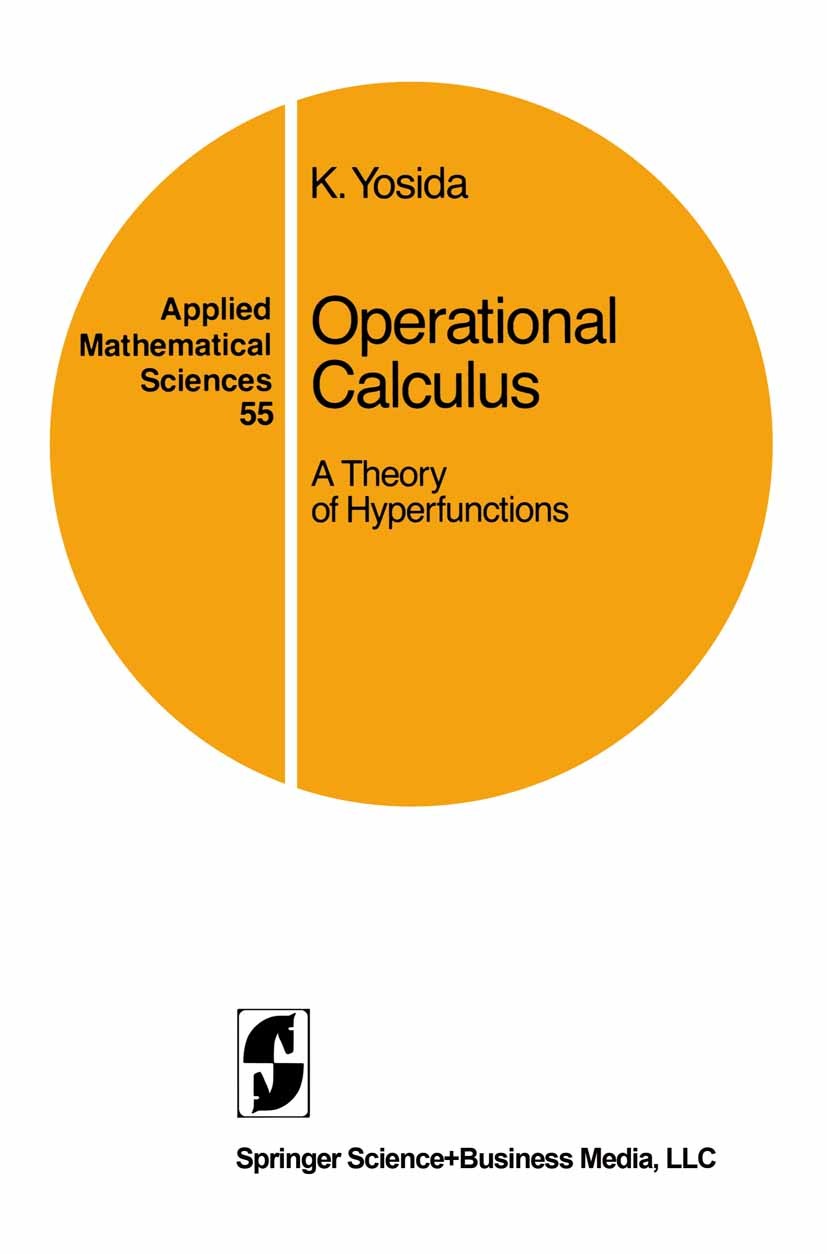| 書目名稱 | Operational Calculus | | 副標(biāo)題 | A Theory of Hyperfun | | 編輯 | K. Yosida | | 視頻video | http://file.papertrans.cn/702/701999/701999.mp4 | | 叢書名稱 | Applied Mathematical Sciences | | 圖書封面 |  | | 描述 | In the end of the last century, Oliver Heaviside inaugurated an operational calculus in connection with his researches in electromagnetic theory. In his operational calculus, the operator of differentiation was denoted by the symbol "p". The explanation of this operator p as given by him was difficult to understand and to use, and the range of the valid- ity of his calculus remains unclear still now, although it was widely noticed that his calculus gives correct results in general. In the 1930s, Gustav Doetsch and many other mathematicians began to strive for the mathematical foundation of Heaviside‘s operational calculus by virtue of the Laplace transform -pt e f(t)dt. ( However, the use of such integrals naturally confronts restrictions con- cerning the growth behavior of the numerical function f(t) as t ~ ~. At about the midcentury, Jan Mikusinski invented the theory of con- volution quotients, based upon the Titchmarsh convolution theorem: If f(t) and get) are continuous functions defined on [O,~) such that the convolution f~ f(t-u)g(u)du =0, then either f(t) =0 or get) =0 must hold. The convolution quotients include the operator of differentiation "s" and related operators. Mi | | 出版日期 | Book 1984 | | 關(guān)鍵詞 | Derivative; Finite; Hyperfunktion; Identity; Operatorenrechnung; algebra; calculus; differential equation; e | | 版次 | 1 | | doi | https://doi.org/10.1007/978-1-4612-1118-1 | | isbn_softcover | 978-0-387-96047-0 | | isbn_ebook | 978-1-4612-1118-1Series ISSN 0066-5452 Series E-ISSN 2196-968X | | issn_series | 0066-5452 | | copyright | Springer Science+Business Media New York 1984 |
The information of publication is updating

|
|
 |Archiver|手機(jī)版|小黑屋|
派博傳思國際
( 京公網(wǎng)安備110108008328)
GMT+8, 2025-10-5 23:39
|Archiver|手機(jī)版|小黑屋|
派博傳思國際
( 京公網(wǎng)安備110108008328)
GMT+8, 2025-10-5 23:39


